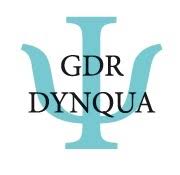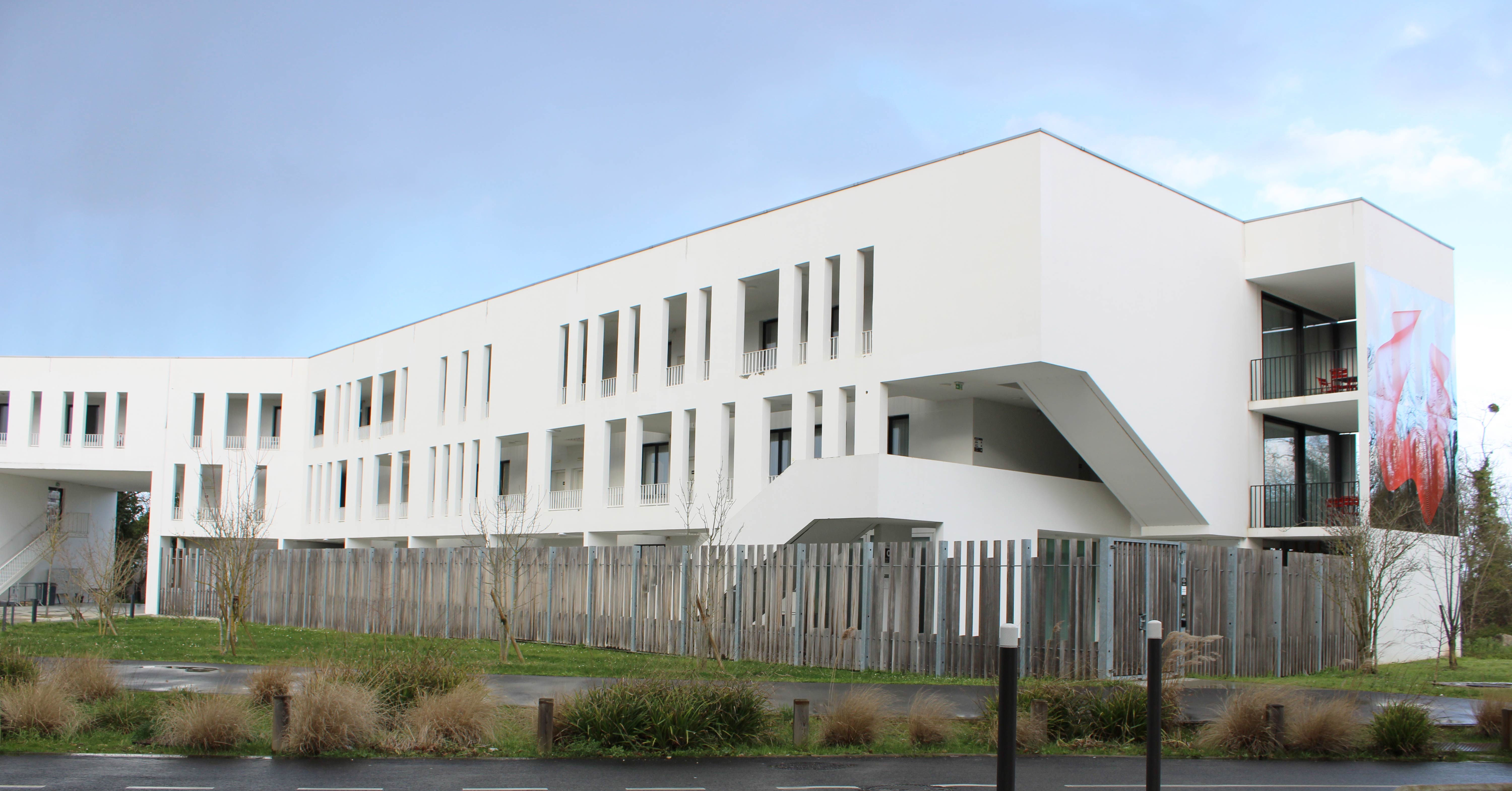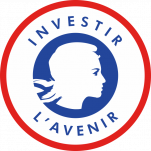16th conference of the GDR DynQua "Quantum Dynamics"
→
Europe/Paris
CY Advanced Studies (Auditorium) (CY Cergy Paris Université • Neuville-sur-Oise)
CY Advanced Studies (Auditorium)
CY Cergy Paris Université • Neuville-sur-Oise
1 rue Descartes
95000 Neuville-sur-Oise
France
, , , ,
Description

GDR DynQua "Dynamique Quantique' https://dynqua.math.cnrs.fr/
Coordinators: N. Anantharaman, N. Berglund, J.M. Bouclet, B. Douçot
The GDR network DynQua promotes international exchanges and scientific collaborations around quantum dynamics problems at the interface of Mathematics and Physics. The GDR brings together 36 research units in Physics and Mathematics across France and aims to support young PhD students and Postdoctoral researchers in this active field.
One of its main activities is the yearly conference, in 2024 held in Neuville-sur Oise and hosted by CY Cergy Paris Université.
List of senior speakers
Zied Ammari (Université de Rennes)
Janet Anders (University of Exeter / Universität Potsdam)
Margherita Disertori (University of Bonn)
Søren Fournais (University of Copenhagen)
Giambattista Giacomin (Université Paris Cité)
Stéphane Nonnenmacher (Université Paris-Saclay)
Annalisa Panati (Université de Toulon)
Claude-Alain Pillet (Université de Toulon)
Éric Séré (Université Paris Dauphine - PSL)
List of junior speakers
Rayan Fahs (Université Paul Sabatier, Toulouse)
Shahnaz Farhat (Constructor University, Bremen)
Rodrigue Lelotte (Ecole des Ponts)
Pascal Millet (Ecole Polytechnique)
Thomas Normand (Université de Nantes)
Registration, financial support for young participants
Registration is open (we kindly ask all participants to register).
There is a limited budget for young participants: if you would like to apply for financial support, please write us an email to the following address before December 23, 2023, indicating your present situation (Phd student, post-doc) and details of the planned journey (dates and hours, preferred choice of train/plane/other).
Conference location
The conference is hosted by the CY Advanced Studies in Neuville-sur-Oise (1 rue Descartes, 95000 Neuville-sur-Oise), a 10 minutes walk from the RER A and Train L station Neuville-Université. Many hotels can be found along the RER A line, in Paris and near stations closer to Neuville.
The talks and mini-lectures are held in the main auditorium.





.svg.png)
light PNG Designed By sj陈宇欣 from https://pngtree.com/freepng/light-effect-abstract-quantum-fluctuate-polka-dot_6184162.html?sol=downref&id=bef
Inscription
Registration
Participants
